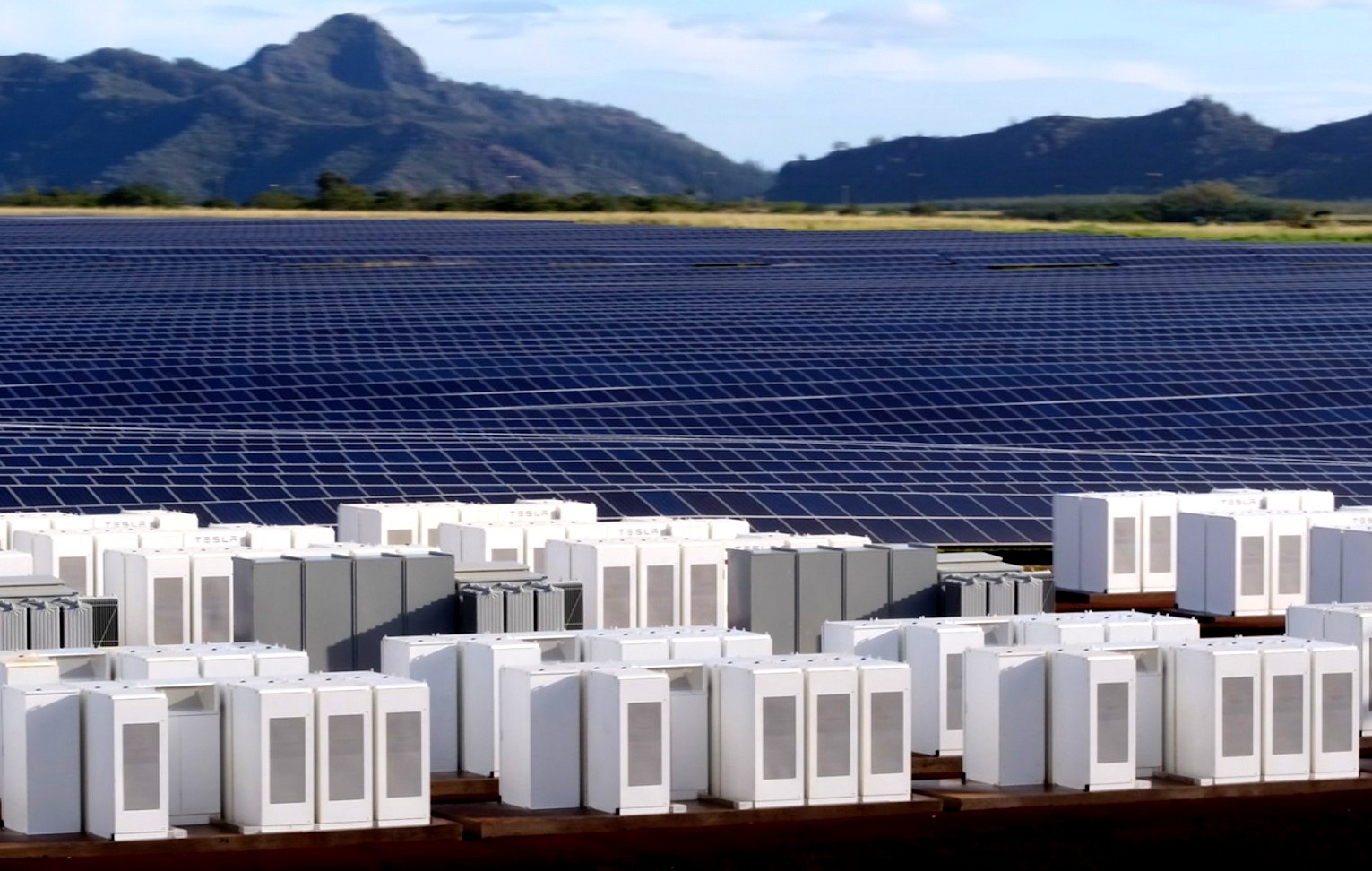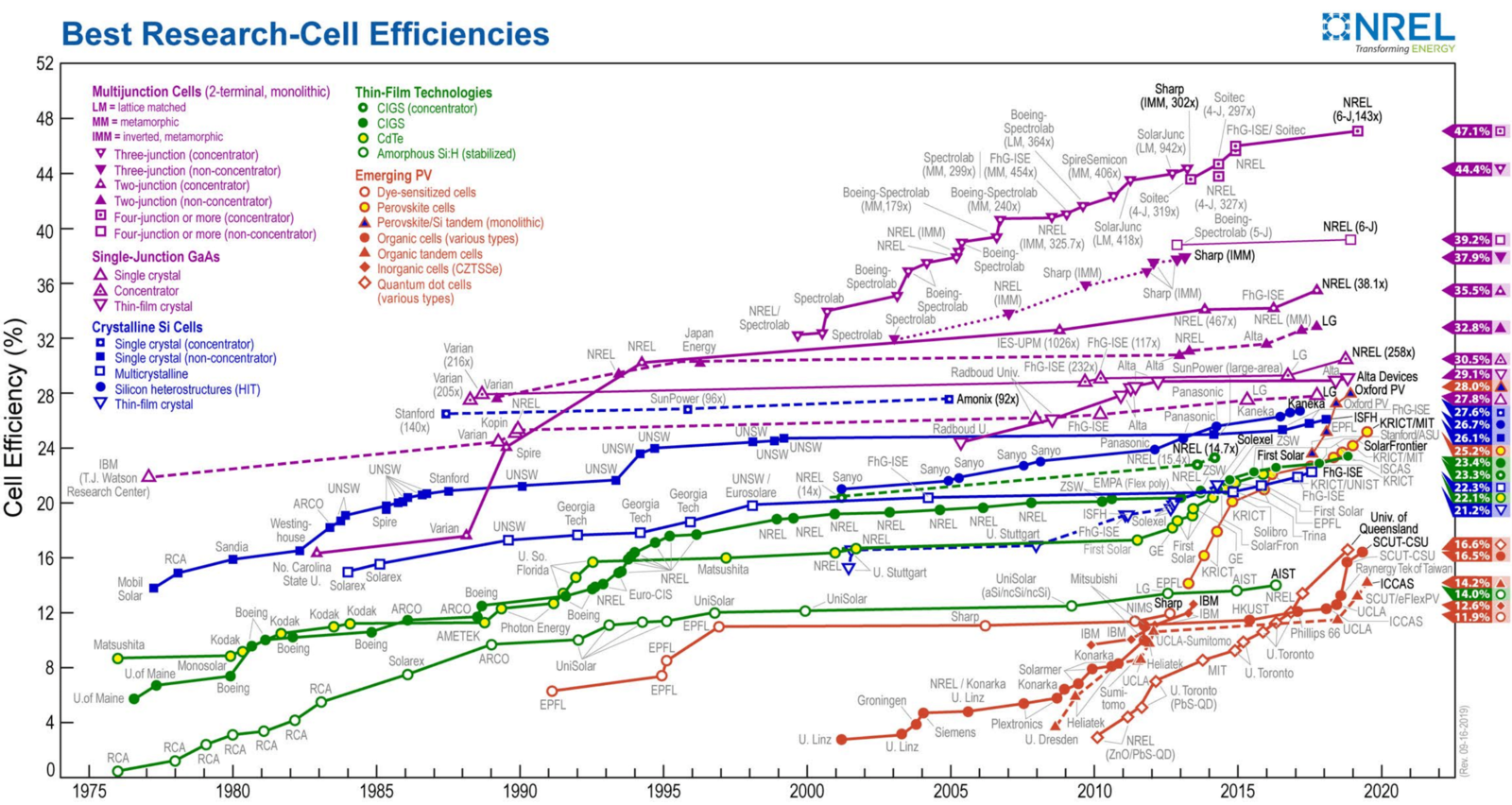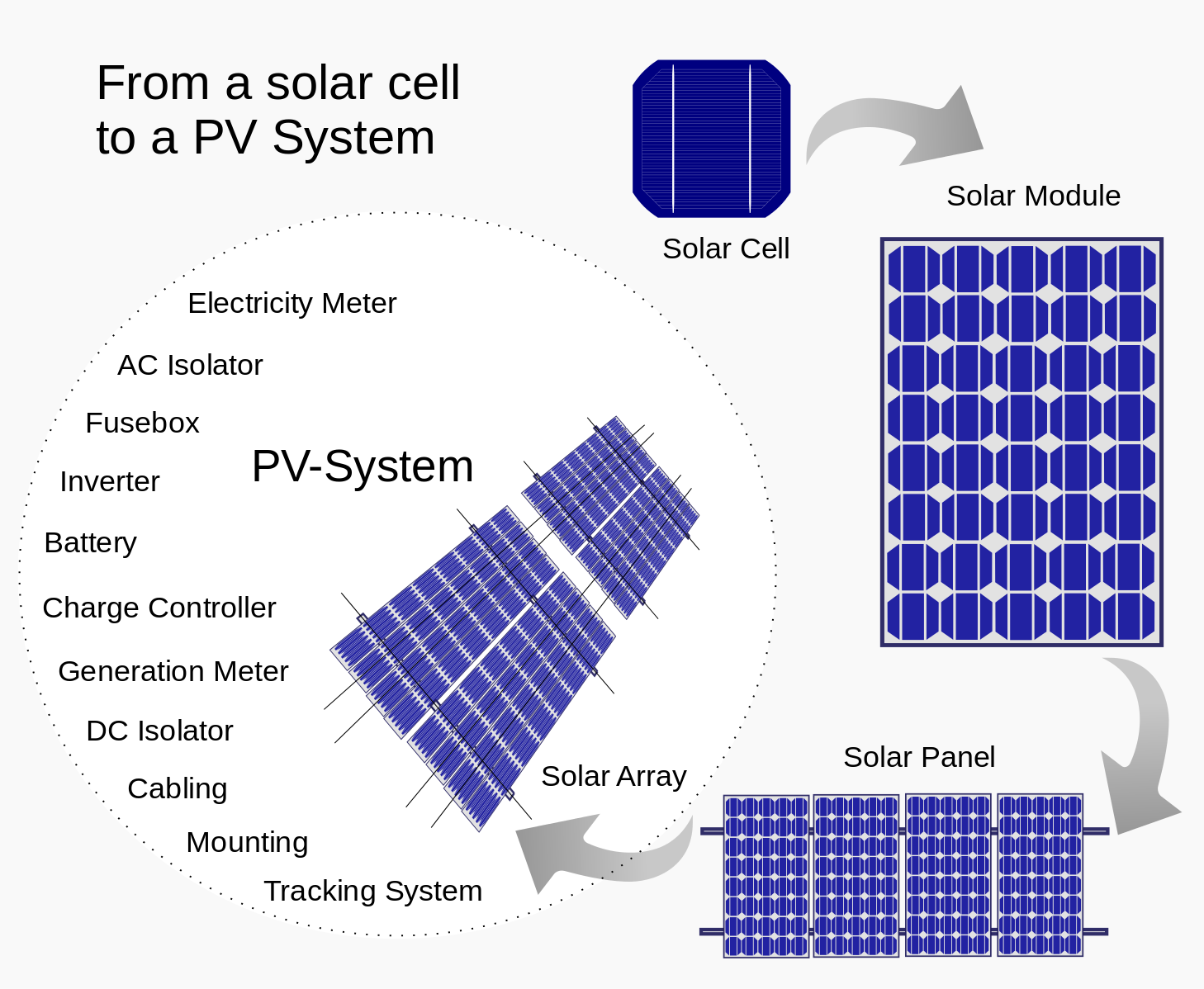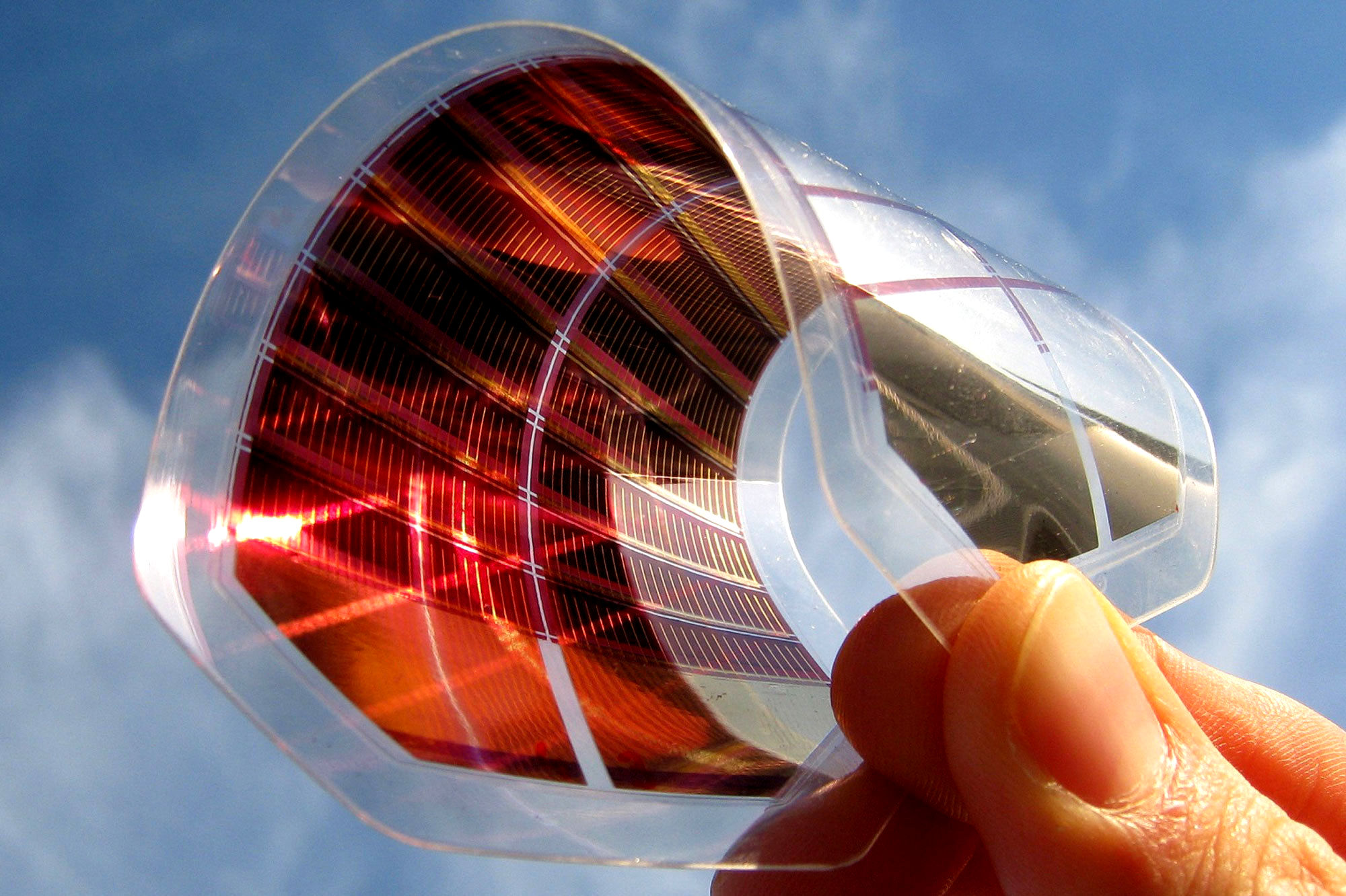Solar Power's Cutting Edge
Printable solar materials for electricity generation (credit: CSIRO)
From research advances to direct applications, solar energy's frontier continues gaining speed. Three new developments are especially noteworthy:
1. Elon Musk and Tesla Solar met their goal of building a solar power station for South Australia and won a $100 million wager they made, that a solar plant would be completed and operating within 100 days. If Tesla failed, the power plant would be given to the South Australians at no cost. They succeedes. Tesla then offered the Aussies a plan to construct a "virtual" solar power plant by interconnecting 50,000 homes in the state. Over the next four years the Company, in collaboration with the State's government, will install solar panels on 50,000 homes in Adelaide to generate power to be fed into a grid-scale, industrial battery facility. Australia is a test case. If successful, Tesla's renewable energy model could set off a chain-reaction in commercial and residential solar power that could have impacts for the entire world. It is never a good idea to bet against Elon Musk and his bold approaches using advanced technologies for practical purposes.

Commercial Scale Solar farm and Battery storage Plant, Hawaii (credit: Tesla Solar)
2. Also in super-sunny Australia, the Commonwealth Scientific and Industrial Organization (CSIRO) is developing new materials and production methods that will lead to the creation of thin, flexible, and semi-transparent solar cells using ‘solar inks’. These printable inks are deposited onto solar-sensitive films using reverse gravure coating, slot-die tools, and traditional screen printing techniques to keep costs low. The Agency anticipates broad commerical applications from individual homes to entire cityscapes. CSIRO produced a video to explain their new solar-printing process.
3. Efficiency is the key to the future of all solar power generation. Whether it is increasing the storage capacity of new batteries; reducing the elecitricity losses during transmission across the power grid; or changing the capabilities of solar cells themselves, energy efficiency matters. Currently, photovoltaic panels (PV cells) generate electricity by relying on amorphous silicon cells to capture the Sun's photons. Commercially available PV panels have a conversion efficiency of in the 20+% with laboratory cells reaching higher levels. The growth in efficiency of silicon PV cells has taken 60 years to reach the current levels. One new manufacturer now claims to have panels with the ability to convert 26% of the solar photons hitting them into electricity but new photo-sensitive materials are needed to push conversion efficiencies even further. The US National Renewable Energy Laboratory in Colorado is leading some of this energy efficiency improvement and materials development research.

PV cell material energy conversion efficiencies, 1975-2020 (credit: National Renewable Energy Laboratory)


Photovoltaic (PV) Power System (credit:Wikipedia) Perovskite Solar Plastics (credit: Binghampton Univ.)
One of the most promising of the new materials is the abundant mineral Perovskite, a light-sensitive crystal with the potential to radically change the generation of solar power. It converts solar energy from a wider spectrum of the sun's light than current PV cells so the potential exists to "layer" silicon and perovskite together for even higher conversion efficiencies. If perovskite research continues to perform well, 35% or higher output levels may be possible for commercial solar cell production. Flexible plastic solar films could be used to cover windows or buildings converting architecture into renewable energy generating facilities that could power entire cities.
Exciting is the only word that can be used to describe these advancing solar developments. Their practical and commercial applications are limited only by the imagination.
WHB